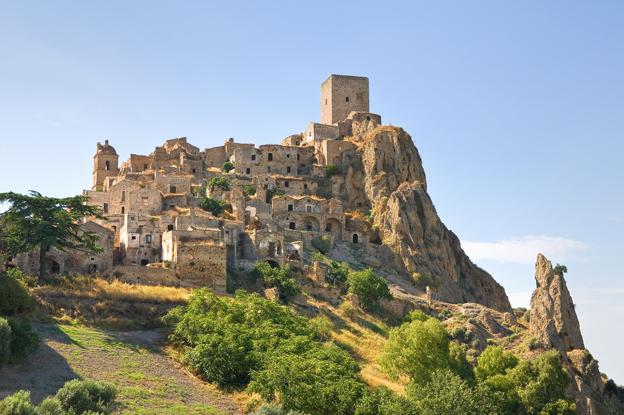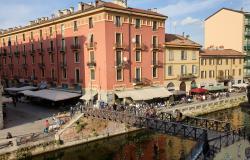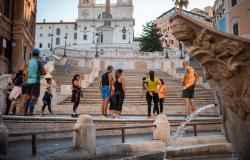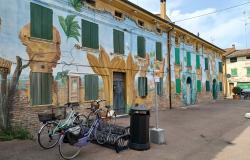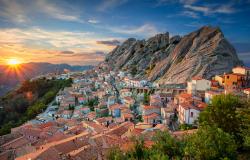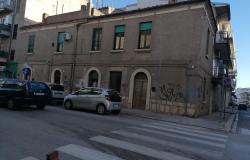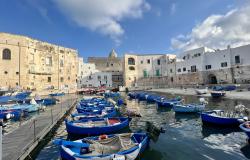Deep in the valleys of Basilicata, set amid the lunar landscape of the ‘calanchi’ (badlands) made famous by Carlo Levi’s novel Christ Stopped at Eboli, stands the abandoned town of Craco.
Located about 50 kilometers from Matera, the famous Città dei Sassi, and about 40 km inland from the Gulf of Taranto, Craco is built on a steep cliff overlooking the Cavone River valley, and stands out against the surrounding landscape of rolling, gentler hills.
The first traces of a human presence in the area of Craco date as far back as the 8th century. Like other neighboring towns, it likely offered shelter to the Greek coastal colonies of Metaponto, when they moved inland, perhaps to escape malaria. Greeks called it Montedoro. The town was later called Graculum, which in Latin means “little plowed field”, by Arnaldo, Archbishop of Tricarico, who owned the land. Under Frederick II, a Holy Roman Emperor and King of Sicily in the Middle Ages, Craco became an important military center. During the Middle Ages, it grew in size, with the establishment of a university and the construction of some large palaces.
The town’s decline began between the end of the 19th century and the beginning of the 20th century, when more than 1,300 impoverished Craco residents moved to the United States. In 1963, Craco began to be evacuated following a landslide which had likely been caused by works of infrastructure meant to improve the sewer and water systems. In 1972, a flood worsened the situation even further, preventing a possible repopulation of the historic center. After an earthquake in 1980, the ancient site of Craco was completely abandoned.
In recent times, Craco has been rediscovered by the movie industry, which has set films amid its unique landscape, the most famous of which is perhaps Mel Gibson’s The Passion of the Christ.
Travelers venturing to Craco will find traces of its rich and mysterious past, from the historic palaces, the churches and the Norman tower to the different contrade (neighborhoods) and the legends associated with them. One of them relates to the district known as “Canzoniere”, which takes its name from an old tavern located along a busy trail. According to legend, the tavern was run by a very beautiful woman who seduced the patrons, killed them and then put them in vinegar, to make them the signature dish of the tavern. Truly a perfect legend for a ghost town.
Craco can be visited by appointment only, and only as part of a guided tour, both for safety reasons and to protect the borgo, which, since 2010, has been inserted into the watch list of the World Monument Fund.
